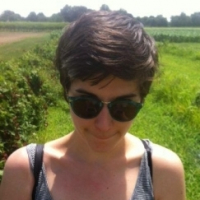Seiobo There Below by László Krasznahorkai.
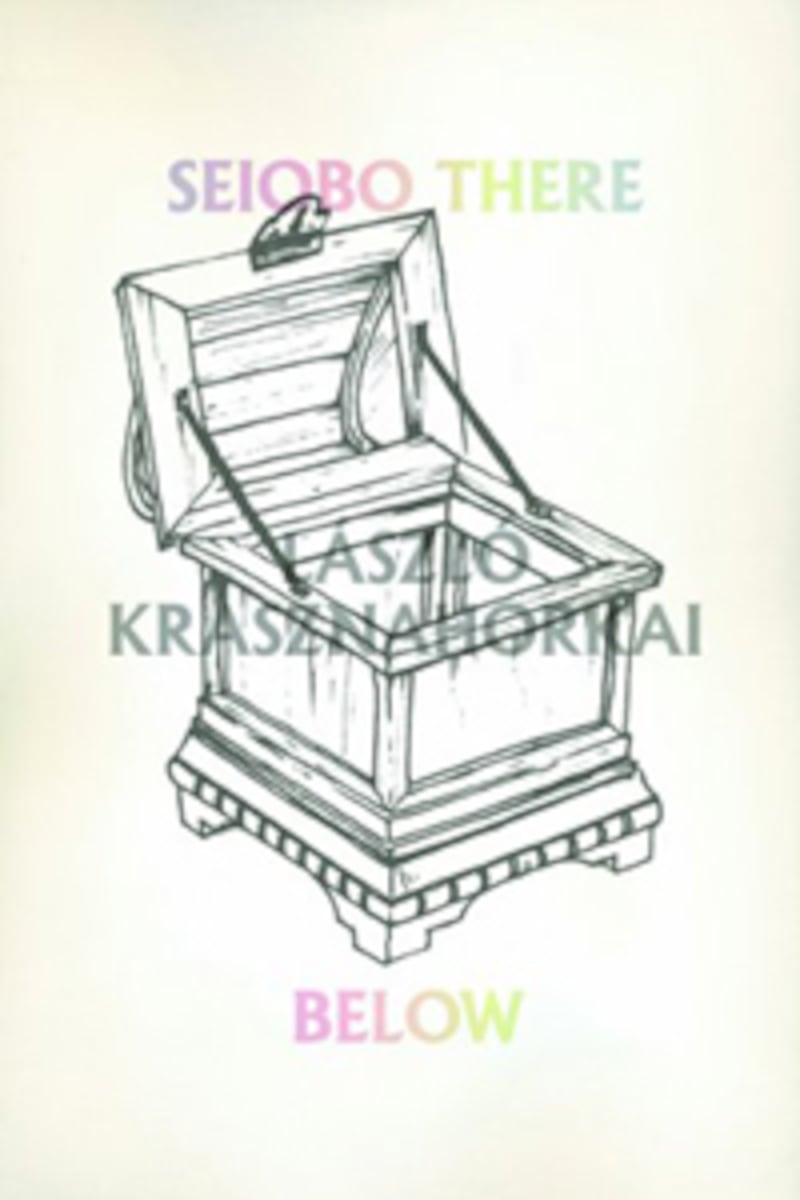
The fiction of Hungarian writer László Krasznahorkai is often called “obsessive” by critics. For good reason—his sentences are enormous and repetitive, and his subjects are rigorously examined from all angles. He is a master of the breathless paragraph, the hypnotic meditation. James Wood, in a piece about Krasznahorkai’s pull as a postmodernist, noted that the worlds conjured by Thomas Bernhard seem more logical by comparison. Reading the Hungarian, he said, “is a little like seeing a group of people standing in a circle in a town square, apparently warming their hands at a fire, only to discover, as one gets closer, that there is no fire, and that they are gathered around nothing at all.” This is a colorful image that the latest of Krasznahorkhai’s novels to be translated into English might be seen as refuting. Krasznahorkhai’s subject in Seiobo There Below is the motivations and the machinations behind beauty in art. Why bother with perfection, why seek it? How do we get there? Kraznahorkhai weaves together narratives that look at the connection between people and what they produce. In one plot thread, he looks at a Japanese Noh actor practicing; in another, he writes about a painting that is actually inhabited by Jesus Christ. Each chapter is related thematically and, as the jacket copy is eager to point out, is arranged according to the Fibonacci sequence of integers, which is to say that this is a novel with a method beneath its madness. Seiobo There Below is an excitingly smart and inventive novel, but it’s moving, too. It is difficult to cite particularly moving moments out of context (such is the spell of a book that flowers like an artichoke), because you often don’t know how you got to the feelings you’re having while reading about, say, a reconstruction of a sculpture of the Buddha, or young people discussing The Clash. Krasznahorkai is an expert with the complexity of human obsessions. Each of his books feel like an event, a revelation, and Seiobo There Below is no different.
Mastering the Art of French Eating by Ann Mah.
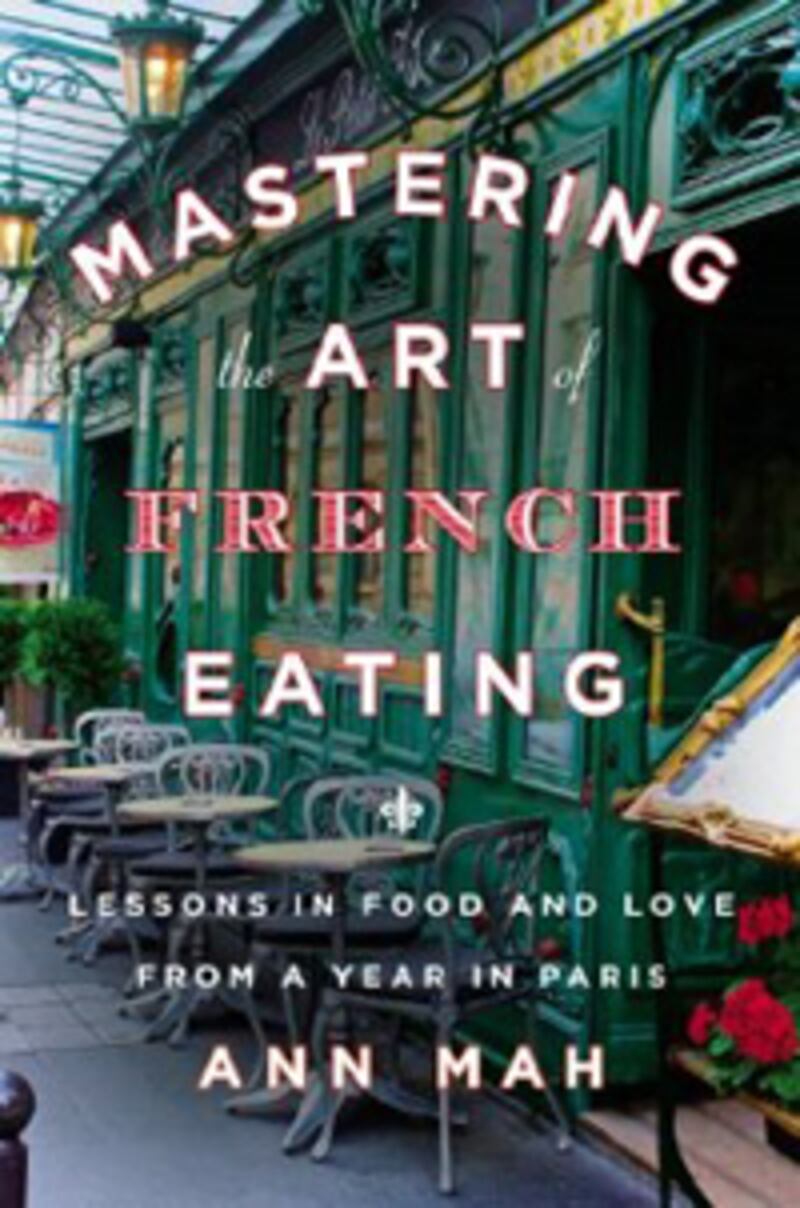
The French way of life is coveted—so it seems in memoirs and diet manifestos and cookbooks devoted entirely to truffles. We hear that French women don’t get fat, we delight over tales of years spent in Provence, and it’s all very seductive, especially for lovers of the good life and buttery pastries. Those with Francophile fatigue might sigh heavily upon reading the title of Mastering the Art of French Eating, but this is a worthy entry into the genre. Food and travel writer Ann Mah has written about a year spent on her own in Paris, while her husband is off to Iraq on business. Regardless of her similarities to other worshippers of French cooking (Julie of Julie and Julia comes to mind), this book is not just a beret and Brie phase documented. Steeped in history, each chapter culls together not just recipes but anecdotes, essays, and cultural traditions to present a full picture of French eating. The food is discussed with reverence, but Mah also writes the supporting characters in her memoir—from friends she meets along the way to writers she discovers—with infectious excitement. The result is a well-written entrée into French dining as it’s actually done by expats.
Cartwheel by Jennifer duBois.
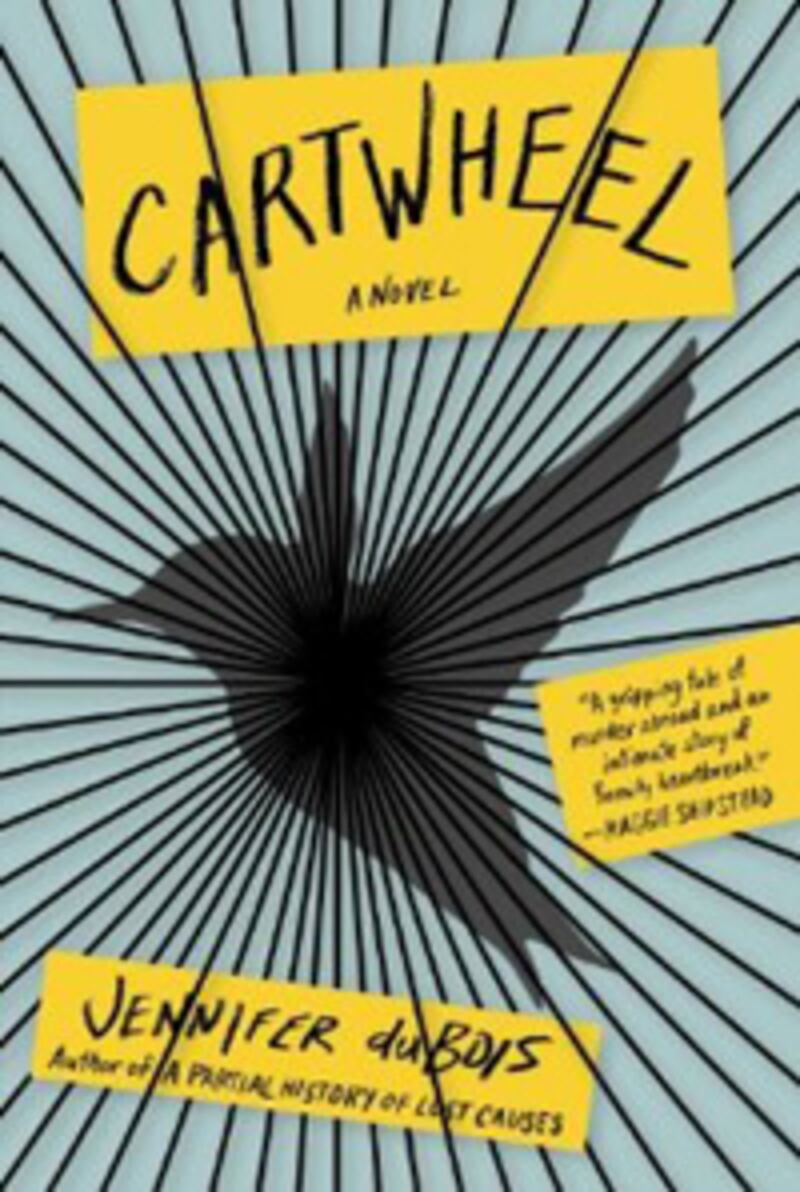
Like countless other authors before her (recently, Curtis Sittenfeld wrote American Wife about a Laura Bush figure, but the urge certainly dates way back), Jennifer duBois has taken a curiosity in public life and tried to analyze it via fiction. Pick it apart to the bone; see what compels us to stare. Though it’s not said explicitly, with her novel Cartwheel, duBois is doing this with the Amanda Knox trial, a dramatic fixture from the last few years of tabloid media that has already spawned tell-alls of its own. Those books might seek to exonerate, but duBois wants to explain. She tells the story of a young girl on trial for murdering a friend she made living abroad, and she looks at the content of her character from the perspective of several interested parties—her father, her lover, and the alleged murderess herself, to name a few. Cartwheel is as compulsive as its source material. But it is difficult to tell if the inherent salaciousness of the story is the key to what makes this book so easy to gobble up. DuBois writes some characters with more juiciness than others. The decision, for example, to open with the fatherly point of view is understandable (open with the person asking all the questions so we can get some answers), but his thoughts on his daughter are not the most interesting of the bunch. One wonders what it would have been like to examine the case from the accused’s eyes alone. In duBois’s Lily, her Amanda reboot, there are shades of the sociopath at the center of Joan Didion’s Play It As It Lays, particularly in sentences like this one: “Lily had lately come to two conclusions: one, we will all be dead one day; and two, we are not dead yet.” One finds oneself hoping for more of this, but then it wouldn’t be much of a mystery if we only hung around the killer.
Island Summers by Tilly Culme-Seymour.

There is a moment early in Culme-Seymour’s memoir where she describes a cake “so unctuous that when my mother sat on it … such a quantity of cream spurted out as to mark the car’s leather upholstery forever.” This image of dessert splattered and leaving an indelible impression is characteristic of Culme-Seymour’s memories. Primarily a food writer, she is more fixated on the sensual past than she is on any actions. She writes seductively, but there is no moment more exciting than a ruined cake. The memoir recounts three generations of falling in love with a remote Norwegian island and its attendant eccentricities; for instance, Raspberry Island is covered in wild raspberry canes, bringing to mind something from a children’s novel or, say, a board game. But there isn’t anything momentous at the memoir’s center besides a love affair gone sour. While poignant, the romantic subplot does not elevate the book to something more than a pleasantry, which is a shame given how pleasant it is.
Richard Wagner: A Life in Music by Martin Geck.
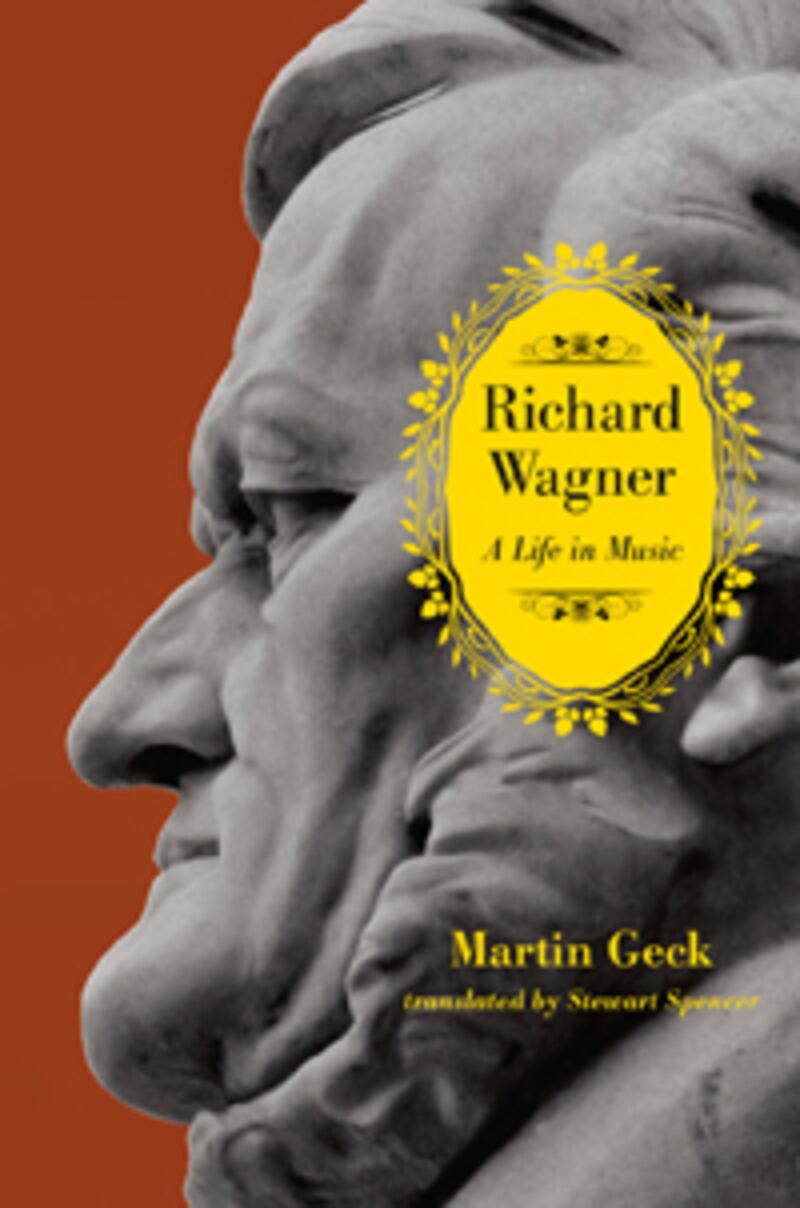
Musicologist Martin Geck has contributed a wealth of scholarship on Richard Wagner in his new biography, and he has made it readable as well. No small feat: to discuss the work and life of Wagner, a polymath with questionable politics, a soapy personal life, and criticism from minds like Theodor Adorno and Friedrich Nietzsche, is to take on a whole set of intellectual burdens. What to do about Hitler’s ideological appropriation of Lohengrin, for instance? Geck evokes Walter Benjamin, noting that “without exception the cultural treasures … have an origin that [we] cannot contemplate without horror.” Geck is an engaging historian; he presents Wagner’s biographical details side by side with an intellectual history that is fascinating and inarguably crucial to getting the whole picture of the artist. Most chapters end with a sidebar that addresses another important artist’s relationship with the works of Wagner—one, for example, looks at filmmaker Sergei Eisenstein’s connection with Die Walküre, the second opera in the Ring cycle. Each chapter recognizes the ultimate unreliability of diary entries, hearsay, and Wagner’s own words about himself, but argues for their necessity by adding them to the picture. Geck’s participation in the editing of Wagner’s Complete Works also puts him in the position of analyzing Wagner’s music with authority. The result, A Life in Music, is an intensely erudite look at one of the most culturally significant figures of the 20th century. It would be hard to imagine anything coming close to its breadth and depth anytime soon.
